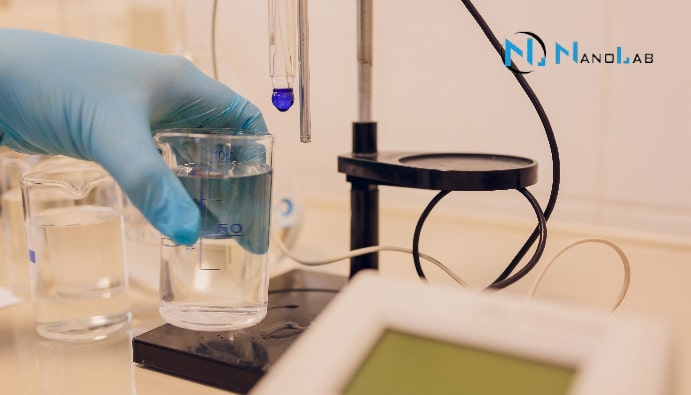Determination of pH and Methods of Water Quality
What is pH? What Does pH Value Mean in Water?

What is pH?
pH is a unit of measurement that indicates the acidic or basic (alkaline) properties of a solution. The pH value is a logarithmic expression of the hydrogen ion (H⁺) concentration in a solution.
The pH scale ranges from 0 to 14, with 7 being neutral, values below 7 being acidic and values above 7 being basic.
pH is an important indicator for many liquids used in daily life, as well as for natural water resources, agriculture, cosmetics and detergent industry. With its pH value, water plays an important role in biological processes and environmental balance. The lower the pH, i.e. hydrogen concentration in water, the more acidic it is, the higher it is, the more basic we can say.
Why is pH Determination in Water?
Determination of pH in water is a critical analysis parameter to determine water quality. Knowing the pH value of water is important for many reasons:
- Water Quality Assessment: Drinking water, agricultural irrigation water and industrial water must be in a certain pH range for use. Water that is too acidic or too basic is not acceptable for health and the environment.
- Drinking Water Standards: The pH value of drinking water sources indicates whether they are suitable for human health. The World Health Organization (WHO) and other health authorities recommend a pH range of 6.5-8.5 for drinking water.
- Industrial Applications: In many industrial processes, the pH level of water must be kept under control. In the textile, pharmaceutical and chemical industries, pH balance directly affects production quality and should be determined at regular intervals by simple methods.
- Agriculture and Soil Quality: The pH value of agricultural irrigation water affects plant growth and soil structure. The use of water at inappropriate pH levels can adversely affect plant growth.
- Environmental Protection: Knowing the pH value of natural water sources such as rivers, lakes and seas is important to protect the health of ecosystems. Excessively acidic or basic water can threaten the life of living things in aquatic ecosystems.
pH Determination Methods in Water
Various methods are used to measure the pH of water. Here are the most commonly used pH determination methods:
- Measurement with pH Meter: The most common and accurate pH meter. Electrodes are immersed in water to measure the concentration of hydrogen ions and the device displays the pH value of the water digitally.
- pH Indicator Paper (Litmus Paper): pH indicator paper is a simple and portable method of quickly indicating whether water is acidic or basic. When the paper is immersed in water, the pH range can be estimated by the color change.
- Color Changing Chemicals (pH Indicators): pH indicators are chemical substances that change color in certain pH ranges. The indicator added to the water changes color according to the pH value of the water and pH is estimated by comparing this color. This method is often used in water analysis kits.
- Potentiometric Methods: This method measures the pH of water with the help of electrodes and provides more detailed information about the ionic balance of water.
- Titration Method: The titration method utilizes acid-base reactions to determine the pH of water. This method is often used in chemical analysis and is preferred for more precise results.
Nanolab Laboratories Group continues to provide services within the scope of pH Determination in Water. We also provide services in Water Analysis.
Contact us for more information.
You can follow us on LinkedIn for up-to-date news and shares about our services.
Follow our Instagram account to be informed about our latest blog posts.

